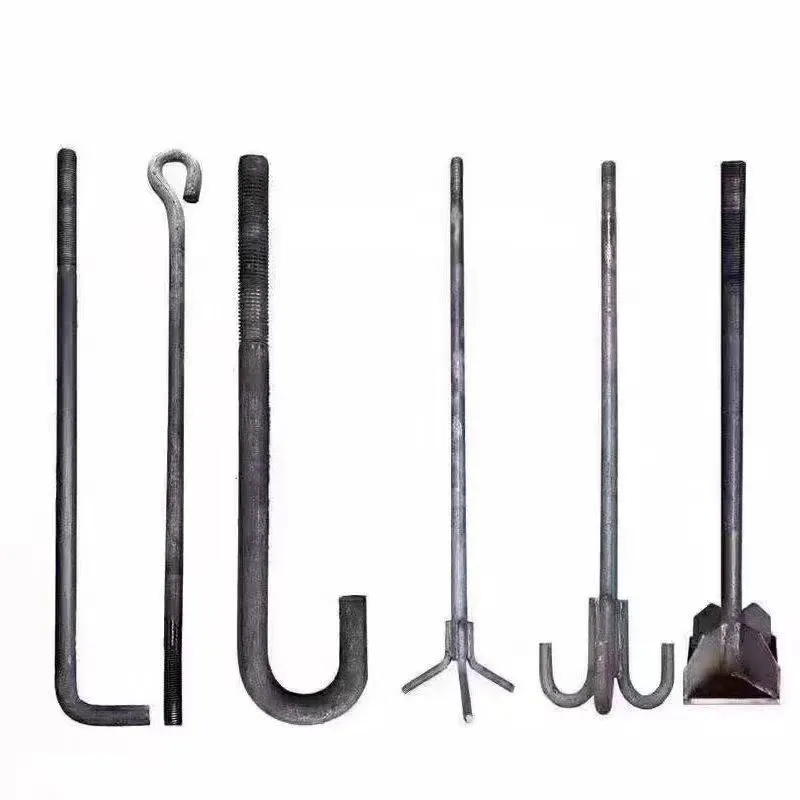

hexagonal nut
Nov . 30, 2024 09:54 Back to list
hexagonal nut
Understanding Hexagonal Nuts An Essential Component in Fastening Technology
Hexagonal nuts are one of the most recognizable and widely used components in mechanical engineering, construction, and various industrial applications. By understanding the design, functionality, and application of hexagonal nuts, we gain insight into their crucial role in fastening components together.
Design and Structure
A hexagonal nut is a type of fastener characterized by its six-sided shape, which facilitates easy gripping and turning with tools like wrenches. The internal thread allows it to be easily screwed onto a bolt or screw, creating a secure connection. Nuts are typically made from a variety of materials, including steel, stainless steel, brass, plastic, and alloys, depending on the requirements of the application.
The dimensions of hexagonal nuts are standardized according to systems such as the American National Standards Institute (ANSI) and the International Organization for Standardization (ISO). These standards ensure compatibility and reliability in various engineering contexts. The most common sizes are designated by the diameter of the bolt they fit onto, which can range from small to large, allowing for flexibility in design.
Types of Hexagonal Nuts
While the standard hexagonal nut is the most common type, there are several variations designed for specific uses. Some of these include
1. Castle Nuts These nuts have a series of slots cut into one end, which allows a cotter pin to be inserted for additional security. This is particularly useful in applications where vibration or movement could loosen the nut.
2. Lock Nuts Designed to prevent loosening due to vibration, lock nuts may feature a nylon insert or have an internal serration that grips the bolt.
3. Acorn Nuts These nuts have a domed top, often used for aesthetic purposes to cover exposed threads and provide a clean finish.
hexagonal nut

4. Coupling Nuts Longer than standard nuts, coupling nuts are used to connect two male threads, providing a secure and stable connection.
These variations showcase the versatility of hexagonal nuts and their adaptability to different engineering challenges
.Applications
Hexagonal nuts are used across a wide range of industries, including automotive, aerospace, construction, and machinery. In automotive applications, for instance, hexagonal nuts secure critical engine components, suspension systems, and wheel assemblies. In construction, they are essential for holding structural components together, such as beams and columns.
Furthermore, hexagonal nuts are prevalent in the assembly of machinery where they are used to secure parts such as gears, pulleys, and housing units. Their simple yet effective design enables rapid assembly and disassembly, making them a go-to choice for maintenance and repair jobs.
Installation and Best Practices
Correct installation is key to ensuring the reliability of a hexagonal nut connection. It is vital to clean the mating surfaces and check for any damage that could compromise the fastening integrity. The use of the appropriate torque is crucial; over-tightening can lead to material deformation or failure, while under-tightening may result in loosening over time.
Using the right tools is also important. A torque wrench can help achieve the correct tightness in critical applications, while an impact wrench may be more suited for rapid assembly tasks.
Conclusion
Hexagonal nuts are fundamental components in the world of fastening technology. Their unique design, variety of types, and wide range of applications demonstrate their significance in ensuring secure connections in everything from household furniture to large industrial machines. Understanding the nuances of hexagonal nuts can empower engineers and technicians to make informed decisions in their projects, enhancing safety and reliability. In an ever-evolving industrial landscape, hexagonal nuts remain indispensable, proving that sometimes, the simplest designs are the most effective.
Latest news
-
Hot Dip Galvanized Bolts-About LongZe|High Strength, Corrosion Resistance
NewsJul.30,2025
-
High-Strength Hot Dip Galvanized Bolts - Hebei Longze | Corrosion Resistance, Customization
NewsJul.30,2025
-
Hot Dip Galvanized Bolts-Hebei Longze|Corrosion Resistance&High Strength
NewsJul.30,2025
-
High-Strength Hot-Dip Galvanized Bolts-Hebei Longze|Corrosion Resistance&High Strength
NewsJul.30,2025
-
Hot Dip Galvanized Bolts-Hebei Longze|Corrosion Resistance&High Strength
NewsJul.30,2025
-
Hot Dip Galvanized Bolts - Hebei Longze | Corrosion Resistance, High Strength
NewsJul.30,2025

